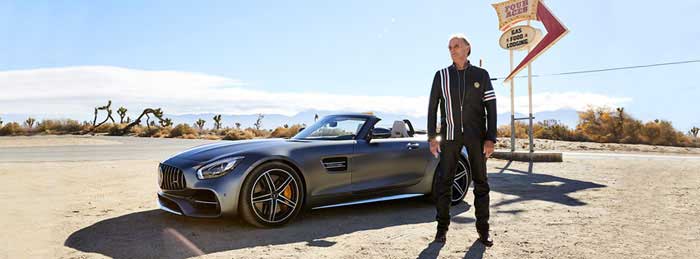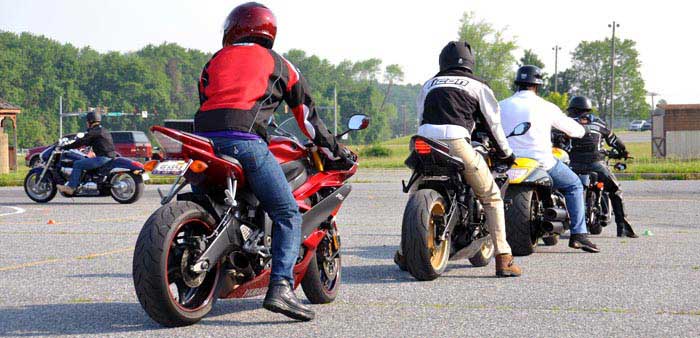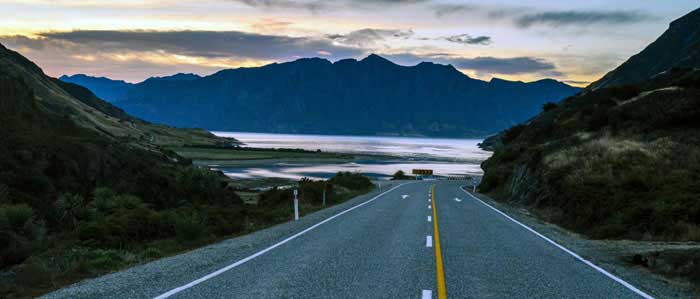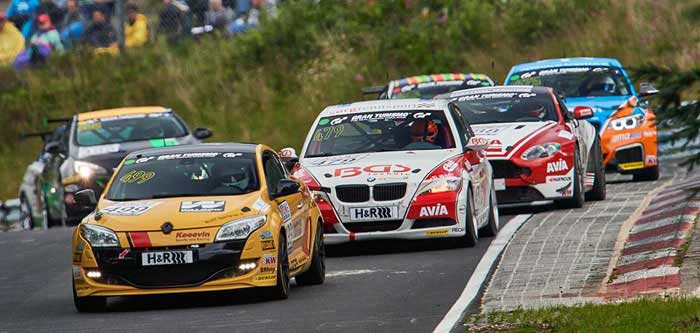Mercedes Benz is brand that is recognised worldwide, providing luxury automobiles for the top end of the market. Their headquarters are in Stuttgart, the capital of the state of Baden-Württemberg in Germany under the Daimler AG label, however the origins of the company date back to the first ever gasoline powered car, the Benz Patent Motorwagen, which was patented in 1886. It was first marketed in 1901 by Daimler-Motoren-Gesellschaft.
The Benz Patent Motorwagen was built in a tiny garage in 1885 in the German town of Ladenburg, situated in the West of Germany, close to the famous Heidelberg, and it is widely regarded as the world's first automobile. In Mannheim 1886, Karl Benz, a German engine designer, excitedly unveiled his invention to the public.
Unlike most cars that we have today, the Benz Patent Motorwagen only had three wheels. The engine was mounted on the rear and contained many brand new inventions such as steel spoked wheels with rubber tires which were Benz's own design. Parts of the original engine are still seen in modern motor manufacturing today, and pieces such as the pushrod-operated poppet valve for the exhaust still resemble the modern parts that we use.
Bertha, Karl's wife, made an interesting publicity stunt to publicise the Benz Motowagen. She took the car, supposedly not to the knowledge of her husband, and made the first ever long distance road trip from Mannheim to Pforzheim and back again, covering a total distance of 194 kilometres over three days. The route is signposted and so you can follow the tire marks of this historic journey, and every two years a parade of antique automobiles follows this route to celebrate the journey made by Bertha. Along the way she encountered a few problems - she had to clean the carburettor with her hat pin and to insulate a wire using her garter. She also had to refuel, which she did using ligroin from a pharmacy in Wiesloch which could technically be argued as the world's first gas station, and she accidentally invented brake linings as the original brakes wore down and she asked a local shoemaker to attach leather to the brake blocks to ensure her safe carriage.
Benz set the land speed record with his company's invention of the Blitzen Benz, reaching speeds of 226.91 km/h with its 21.5 litre engine, driven by the French driver Victor Hémrey. This record was not beaten for ten years by any other vehicle.
There is now an auto-museum in Ladenburg in Karl's name, and you can see the building from which the first automobile was assembled in one of the town parks.
The name ‘Mercedes Benz' first appeared in 1926 when Karl Benz and Gottlieb Daimler merged their companies to create the Damlier-Benz company, and continues to thrive as one of the world's top car manufacturers under the Mercedes Benz name, maintaining a reputation for quality and durability. Their moto is “Das Beste oder Nichts” which translates from German as “The Best or Nothing”, under which they continue to make some of the best automobiles in countries all over the world.




